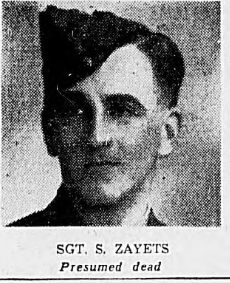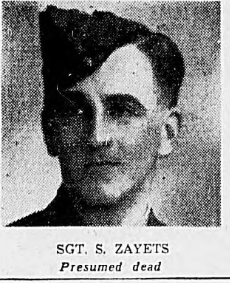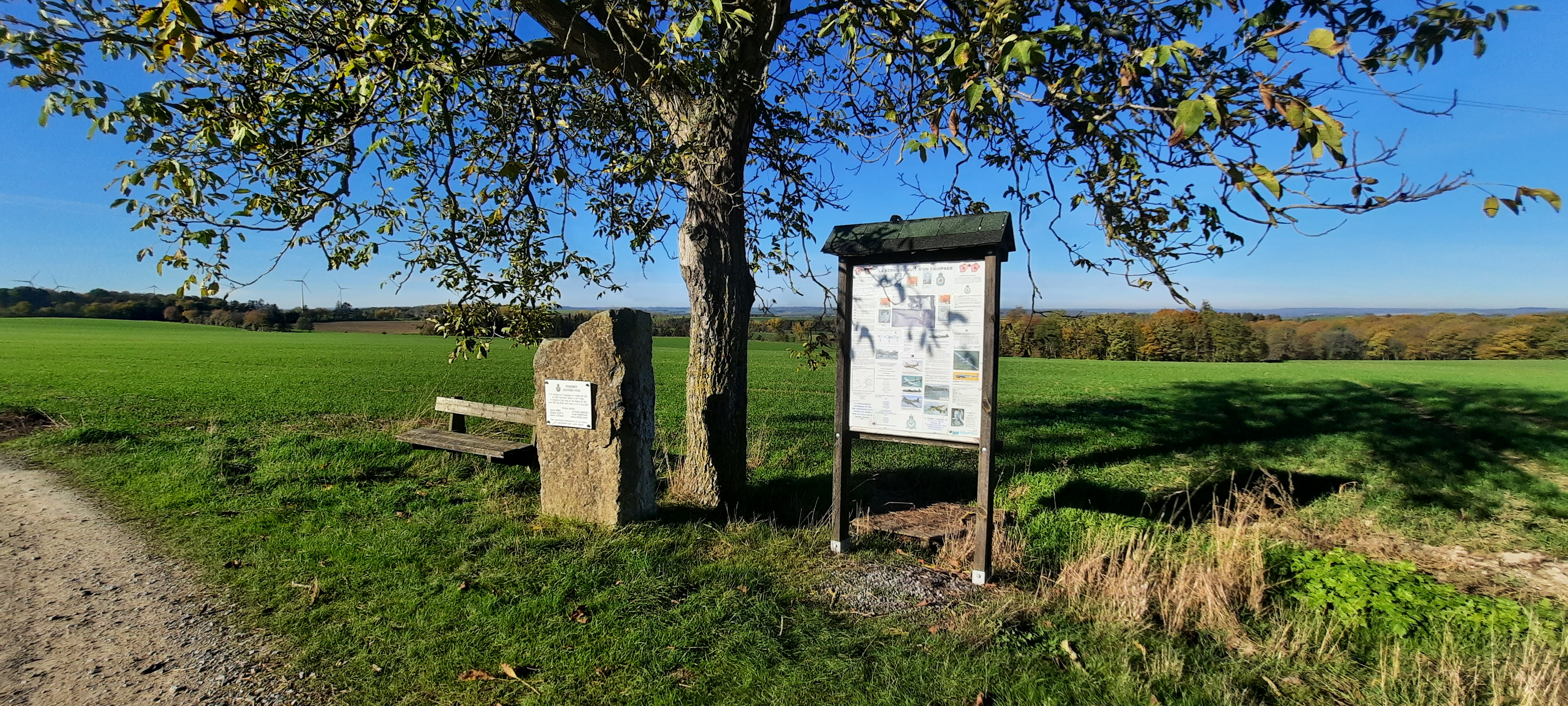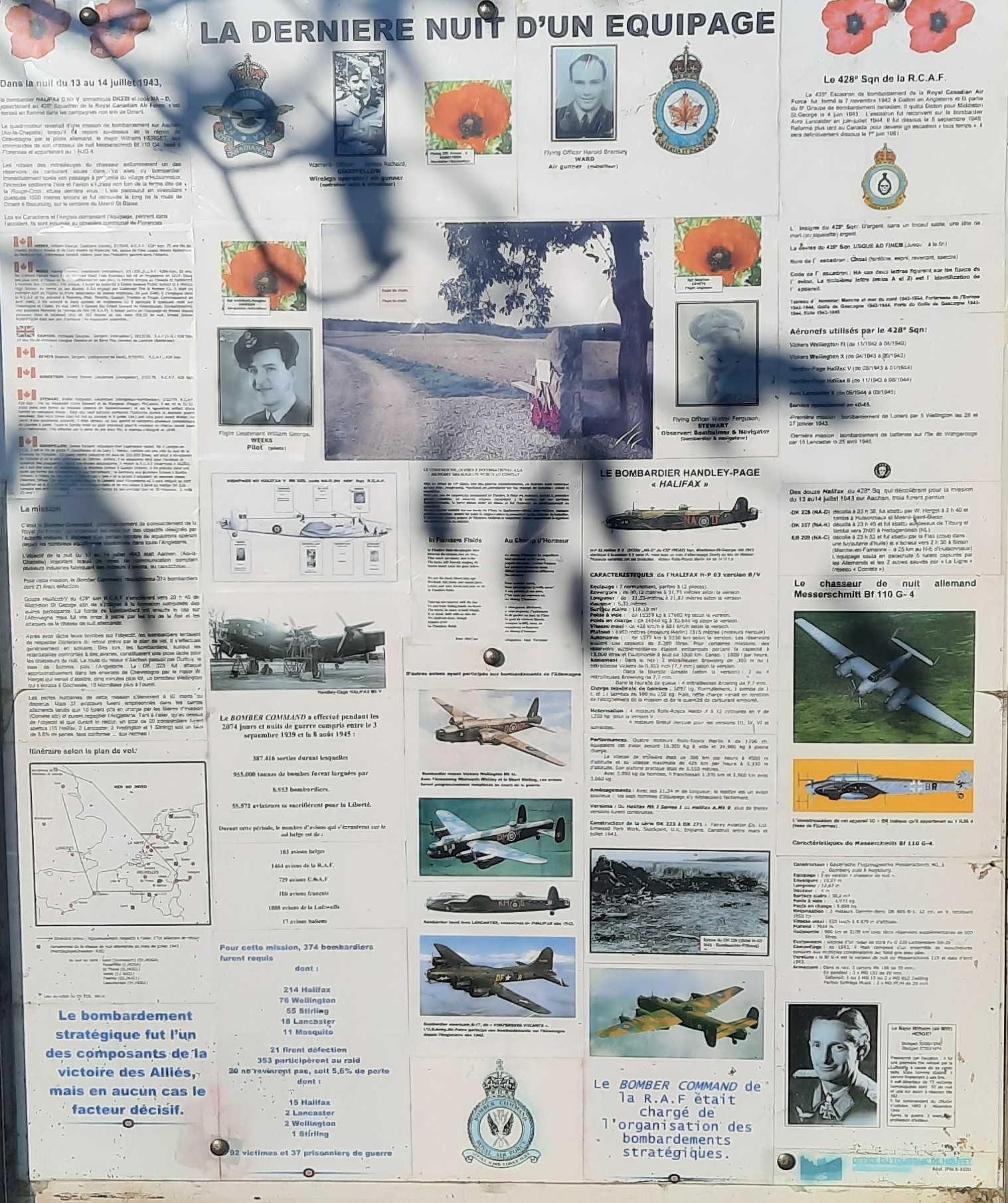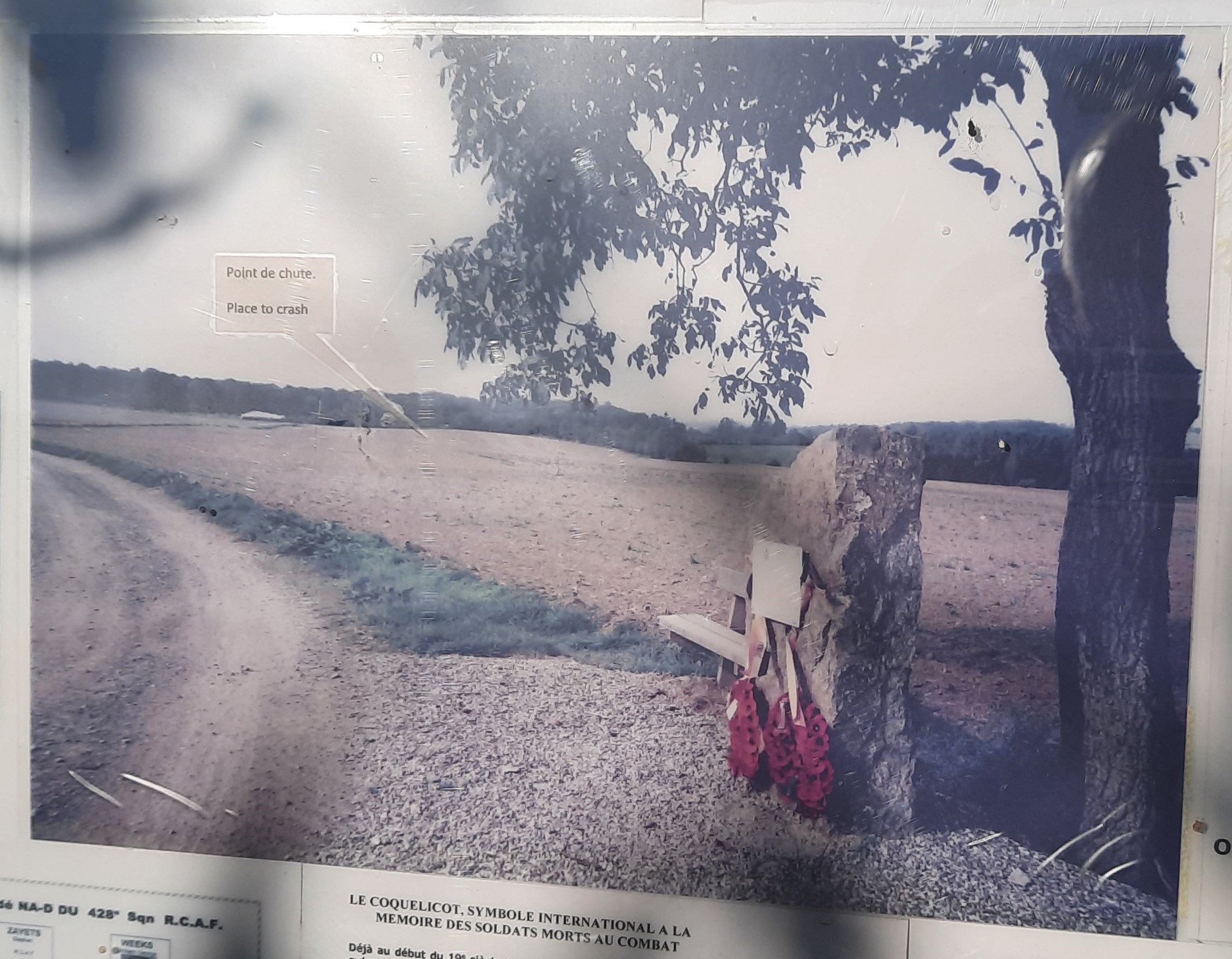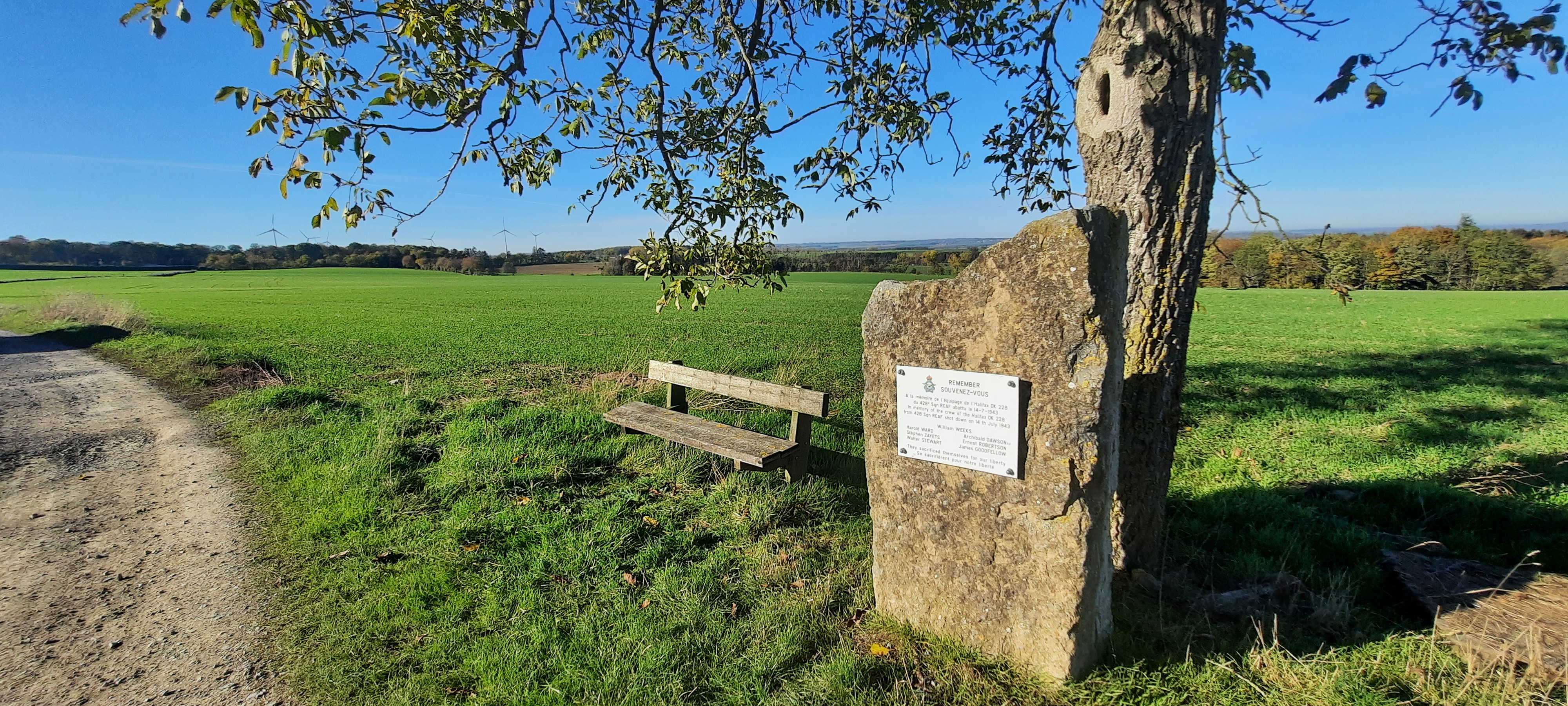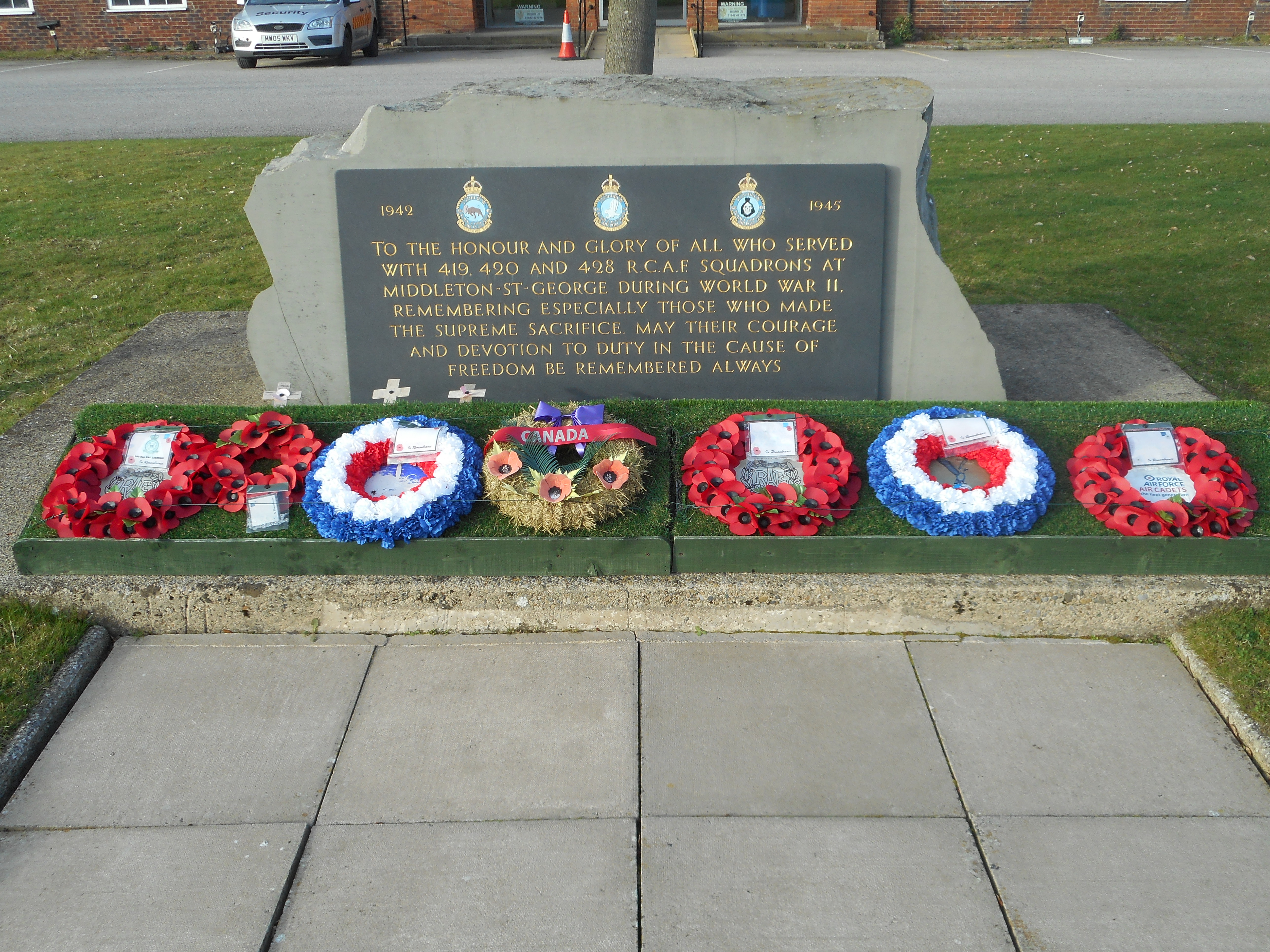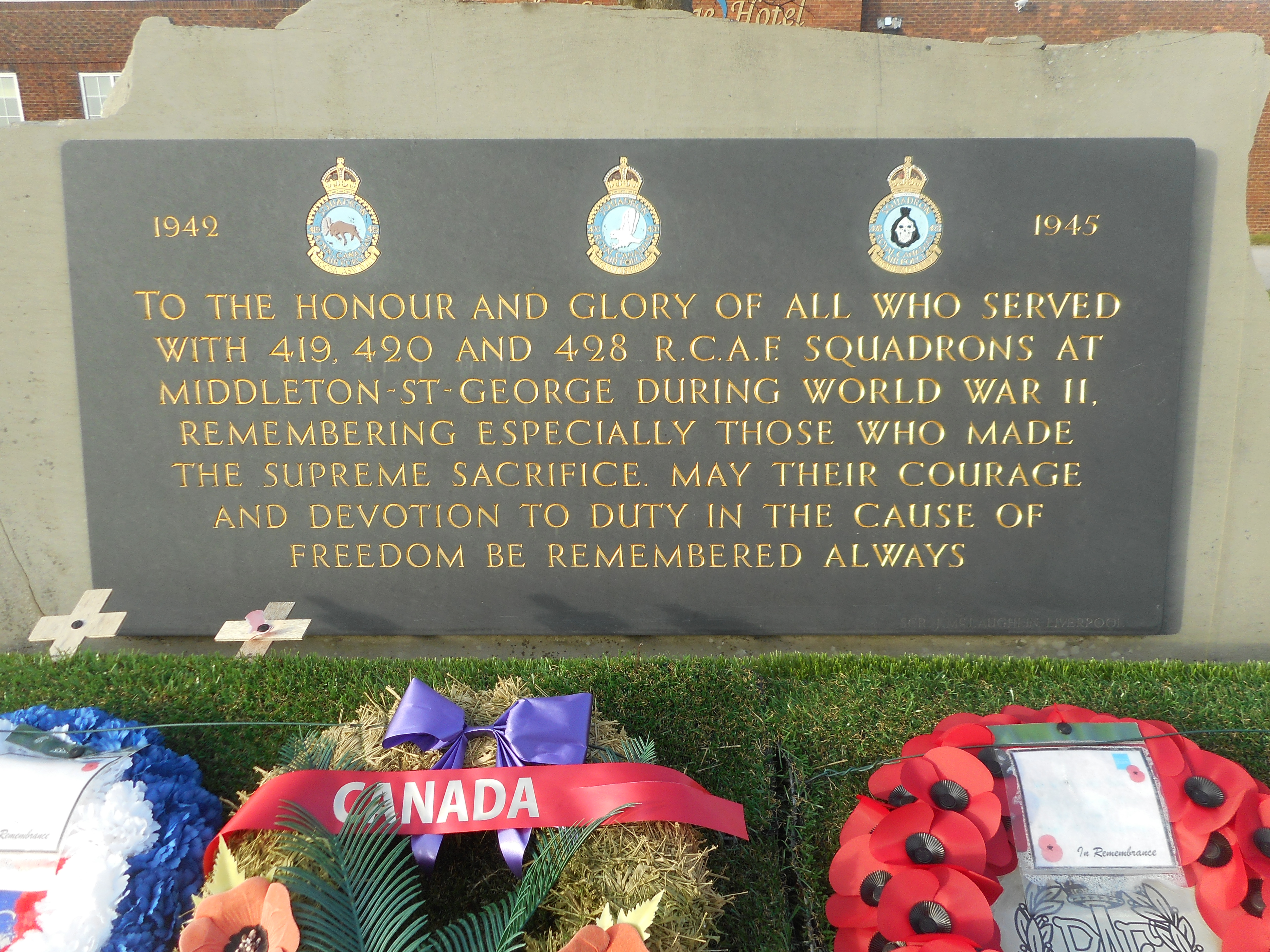Zayets, Stephen
Personal Information
| Rank | Sgt |
| Forename(s) | Stephen |
| Surname | Zayets |
| Gender | M |
| Age | 28 |
| Date of Death | 14-07-1943 |
| Next of Kin | Son of Alec Zayets and Mary Zayets (née Lusak) , of Winnipeg, Canada |
Aircraft Information
| Aircraft | Handley Page Halifax V |
| Serial Number | DK228 |
| Markings | NA-D |
Memorial Information
| Burial/Memorial Country | Belgium |
| Burial/Memorial Place | Florennes Communal Cemetery |
| Grave Reference | Row 4. Grave 51. |
| Epitaph |
IBCC Memorial Information
| Phase | 2 |
| Panel Number | 270 |
Enlistment Information
| Service Number | R/56703 |
| Service | Royal Canadian Air Force |
| Group | 6 |
| Squadron | 428 (Ghost) |
| Squadron Motto | Usque ad finem (To the very end) |
| Trade | Flight Engineer |
| Country of Origin | Canada |
Other Memorials
| Location | Zayets Creek, Manitoba; Within Poplar/ Nanowin Rivers Park Reserve |
| Country | Canada |
| Memorial Type | Creek |
| Memorial Text |
| Location | Rouge Croix, Hulsonnaiux, Namur Province |
| Country | Belgium |
| Memorial Type | Stone memorial, inscribed metal plaque & stencilled information board |
| Memorial Text |
A la mémoire de l’équipage de l’Halifax DK 228 du 428 Sqn RCAF abattu le 14-7-1943
Translation "In memory of the crew of the Halifax DK228 from 428 Sqn RCAF shot down on 14 July 1943" |
| Location | Adjacent to fomer St. Georges Hotel, Teesside Airport, County Durham |
| Country | United Kingdom |
| Memorial Type | Memorial Stone with inscribed slate tablets |
| Memorial Text | Dedicated to all who served on 428 (RCAF) Sqn at Middleton St. George during WWII, especially those who made the supreme sacrifice |
Miscellaneous Information
| Born on 9 January 1915 in Poplarfield, Manitoba, the family later lived at 1911 Bannatyne Avenue, in Winnipeg. He went to the following schools: Norquay School, 1921-1928, and he also studied Wood turning and forging at St John Tech 1927-1928. This was followed by United College 1928-1929 where he did his first year Matric. During 1935-1936 he took a correspondence course on Diesel, Gas and Aeronautical engineering, with Chicago Vocational. He undertook several jobs including a Glove blocker, Pin cutter, moulder in a foundry and a handyman but was mainly working in various places as a Mechanic. |
| Stephen enlisted in Winnipeg on 29 January 1940 and after training he travelled to England where he disembarked on 5 April 1941. He then moved from 401 Sqn 6 April 1941, 431 Sqn 20 November 1942 , 1659 CU 19 June 1943 and then 428 Squadron on 8 July 1943. He was killed just five days later. |
| He enjoyed bowling. |
Commonwealth War Graves Commission
The National Archives
| Record of Events (Operational Record Book) AIR 27/1849/14 |
| Summary of Events (Operational Record Book) AIR 27/1849/13 |
Fellow Servicemen
Please note that this list gives all the losses aboard the quoted aircraft and occasionally these may have occurred on an earlier date when the aircraft was not itself lost. Please check the dates of death carefully.
Last Operation Information
| Start Date | 13-07-1943 |
| End Date | 14-07-1943 |
| Takeoff Station | Middleton St. George |
| Day/Night Raid | Night (83% moon) |
| Operation | Aachen. 374 aircraft, 20 losses (5.3%). A strong tail wind led to the main force arriving early and when PFF marked the target, so many aircraft were waiting that the town appeared to erupt into flames. Almost 3000 buildings were destroyed including apartment blocks, so the number of dwellings destroyed was some 16828. The cathedral, the town hall and many other civic amenities were also classed as severely damaged. |
| Reason for Loss | Shot down by a night-fighter and crashed at Mesnil St Blaise, Belgium |
